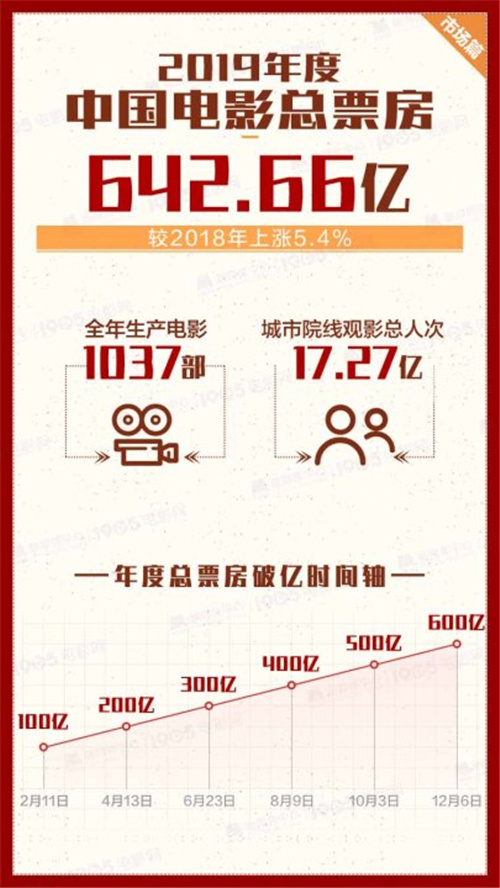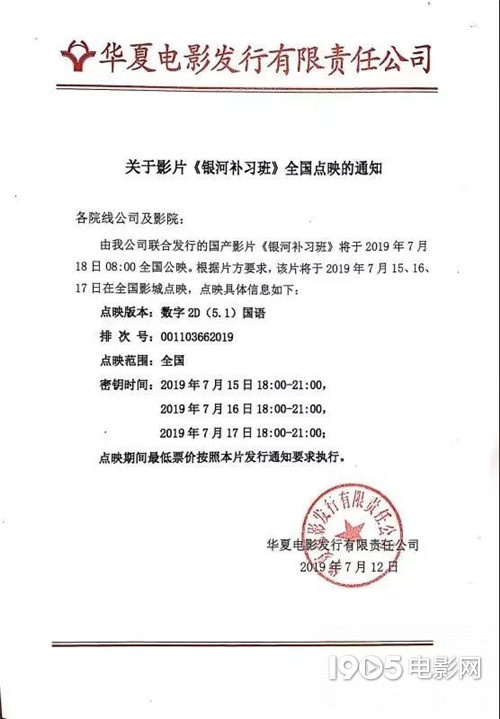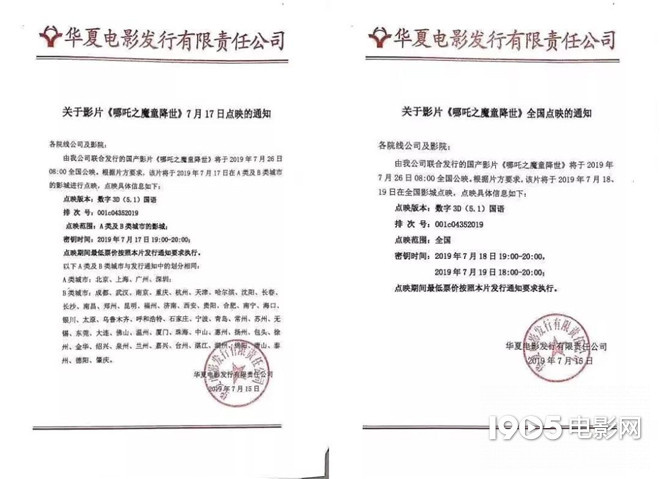If we want to summarize the trend culture of contemporary young people, "new Chinese style" will probably be on the list. For example, new Chinese baked cakes are very popular, new Chinese teahouses are places for young people to go on weekends, and new Chinese clothes that integrate traditional elements such as buckle and collar into modern clothes have also become the new favorite of trendsetters.
"New Chinese health" is becoming a popular trend. On the one hand, young people actively order small sports equipment at home, such as folding treadmills and dumbbells; On the other hand, the hot pot bureau was replaced by the "health bureau", and Chinese nourishing snacks were regarded as the "fourth meal" in a day, only to improve immunity.
"Non-essential" Don’t get angry "No one can replace you when you are sick"
China consumers’ demand for health care has continued to grow in recent years. According to a survey data from McKinsey, people aged 26 to 30 are the main force of "health preservation" in China, and more than 70% of the post-90 s have regarded health as a major event.
In 2022, under the background of global epidemic, although the health status of Chinese residents also fluctuated, due to the success of the epidemic prevention and control strategy, the overall situation showed a stable and positive trend.
According to the Research Report on the National Health Index of Traditional Chinese Medicine in 2022, the post-90s generation has the highest proportion of diseases, reaching 38.6%. From this point of view, it seems that standing at the age of 30 is not as easy as imagined. On the surface, it is mature and decent. In fact, the joints are all "stiff" sounds.
Every emotional anxiety, every day and night inversion has marked the "health price" in the dark. Among different health problems, emotional instability has a greater impact on health. More than half (57.7%) of the respondents with emotional instability are in a state of illness, and 44.0% of the respondents who are upside down day and night are in a state of illness.
In addition, about one-third of the respondents who eat irregularly, eat unhealthy and never exercise are in a state of illness.
Based on the survey data and daily observation, the Report suggests that young people should achieve "four reasonableness", that is, moderate diet, regular daily life, moderate exercise and emotional balance. Especially in terms of emotions, health is not only not getting sick, but also emotional health is very important. Therefore, "unnecessary" is not angry, and there is no one to replace it when it comes to illness.
Young people tend to "protect their health" and improve their immunity.
Although "punk health care" was all the rage, from the survey results, young people tend to "protect their health" — — Take the body as a long-term investment object and return to the source of "immunity is the best protection for the body".
Immunity and disease resistance are the problems that people want to solve most through health preservation. After 00, 95 and 90, there was an "immune crisis" because of the symptoms of decreased immunity. The post-80s generation is more due to having experienced the epidemic, hoping to improve immunity and strengthen the body’s confidence in defending against external risks.
It is a bit difficult to eat and sleep on time, but fitness videos are no longer lying in favorites to eat ash. In the past, health preservation began with an ambitious slogan, and then quickly gave up in the "three days of fitness and two days of leg pain". Now, although young people still can’t "shut up" and "fall asleep early", they can insist on "holding their legs" every day more than before.
Compared with the living habits before the epidemic, the proportion of young people who regularly eat and live on time has decreased after the normalization of the epidemic, while the proportion of daily exercise has increased. Compared with other age groups, after 00, they are more willing to improve their immunity by insisting on exercise, while after 90, they prefer to use functional healthy snacks.
Applying eye mask, soaking feet and drinking health tea conform to the living habits of modern people.
New Chinese-style health care refers to a health care method that integrates modern people’s living habits on the basis of traditional Chinese-style health care methods.
Among different ways of keeping in good health, the new Chinese way of keeping in good health is more popular with young people. The data shows that after 70 to 90, the proportion of residents choosing new Chinese health care is the highest.
The new Chinese regimen is not only effective, but also convenient and quick. For example, it takes 15 minutes to apply herbal eye patch during the day and 15 minutes to soak feet at night … … To "block up" health, it only needs to be reversed day and night; But a lifetime of health requires a lot of accumulation of 15 minutes.
For high-paying people, the new Chinese health care can make them seriously engage in money, while fragmented health care, and keep the "capital of the revolution."
Young people rely on eating for health and pursue "just talk". After 00, they are more self-disciplined than their predecessors. From soaking Lycium barbarum in a thermos cup to staying up all night with a whole ginseng, the new Chinese health preservation is rising with the culture of "medicine and food are homologous" and the national tide, and young people are also popular with "keeping health by eating".
First of all, nearly 40% of adults spend less than 500 yuan every month on health care, and the money is mainly spent on health food. Secondly, the new Chinese-style health care product is "snack-oriented", with fine efficacy, and has become the most popular food supplement product for young people. After 95, I prefer to drink health tea and eat health supplements. After 90, I prefer to eat nourishing snacks and keep healthy quietly.
"Good medicine" should be delicious and good-looking. Ideal health care after 00 should be "understood in seconds"
According to the data of China Health Care Industry Market Development Status and Investment Prospect Forecast Report from 2017 to 2022, the current health care market scale has exceeded one trillion yuan, and the average annual expenditure of permanent residents in each city exceeds that of 1000 yuan for health care. Among them, young people aged 18 to 35 account for 83.7%.
Why do young people favor health products? Mintel has an insight that with the accelerated pace of modern urban life, the unhealthy living habits such as irregular work and rest, high-frequency take-out and midnight snack, excessive intake of tobacco and alcohol, and almost no exercise have seriously affected the health of young people; However, it is not easy to realize self-discipline and scientific health care. Young people prefer relaxed, flexible and multi-scene self-care, and diet is undoubtedly the most accessible way.
Although some of the money earned by young people at the expense of health is being invested in various forms to return to their health, this does not mean that young people will place orders impulsively. On the contrary, young people pursue the coexistence of practicality and quality in health care consumption, and at the same time, they should enjoy health care.
After 00 and 95, I not only hope that the "good medicine" is not bitter, but also pleasing to the eye, and I am willing to pay a premium for more fashionable design, better experience and easier use; After 90 s and 80 s, they value more refined functions and more professional institutional endorsements.
Looking at the reasons why people adopt the new Chinese health care by age, we can also see the ideal health care of young people: after 00, they choose the new Chinese health care because it is easier to understand and there is no complicated concept, which means that they prefer to simplify the health care way, and understanding it at a glance is their health care creed; In the eyes of the post-95 s, the new Chinese health care is more integrated with body and mind than other ways, and can provide spiritual enjoyment. They should not only improve their immunity, resist and eliminate foreign invasive bacteria and viruses, but also reject internal mental friction and strengthen their mental defense against the uncertain world.
Text/reporter Chen Si
◎ correlation ◎
People with "healthy diet": can’t control their mouths but can open their legs.
Diet plays a vital role in health. Some good eating habits and scientific and reasonable diet can make you healthier. With the continuous upgrading of the concept of health, the concept of healthy eating has also become a new trend of life for young people who advocate fashion and health. At the same time, young people also give new vitality to the concept of diet, constantly introducing new concepts, new ideas and new ways to promote the change and innovation of diet products.
Does the younger generation’s emphasis on healthy diet mean that they will be strict with themselves in life?
The number of people who call themselves "healthy eaters" is increasing year by year. According to a survey on the theme of healthy eating involving nearly 90,000 consumers by the New Generation Growth Strategy Research Institute, if the intersection of "I prefer foods that are good for health and beauty", "I think my diet is good for health" and "I usually choose low-calorie foods and drinks when eating" is taken as a representative "healthy eating population", it can be seen that this population has shown a steady upward trend since 2018.
According to the data, these people who think they are "healthy people" generally live in first-tier cities, with a bachelor degree or above, aged between 25 and 35, and the tendency of single women is more obvious.
What did they say? How is it done? A survey conducted by CMMS China Market and Media Research Database in 46 large and medium-sized cities in China from the third quarter of 2018 to the third quarter of 2022 has some interesting findings.
People with healthy diet agree that a rich diet can ensure balanced nutrition. They not only recognize it in cognition, but also actively practice it in action. From the perspective of beverage categories, although people with healthy diets choose sugar-free drinks more than the total population, for example, they should choose the "sugar-free" version when drinking cola. However, this did not reduce their interest in sugary cola.
This kind of people’s interest in healthy "plant products" is more prominent in the overall population. However, they hardly contradict too many high-calorie foods, but they are not very interested in instant noodles.
However, although the mouth says to choose a low-calorie diet, the frequency of eating high-calorie foods such as ice cream and nuts is higher. At the same time, although this group of people more agree that "you can eat healthier by cooking by yourself", the average number of times you eat out every month is higher than that of the total sample population.
To sum up, it can be seen that the diet of "healthy diet" people does not seem to fully conform to the traditional view of health. However, health depends not only on whether he can "keep his mouth shut", but also on whether he can "open his legs". The survey results also have a "positive" side: the proportion of people who exercise regularly in healthy diet is higher.
They like a variety of sports activities, and their participation in most sports activities is higher than that of the total sample population, and their exercise frequency is also higher. It can be seen that although it is difficult for people with healthy diet to "keep their mouths shut", they show high enthusiasm in sports and do what they say.
Text/reporter Chen Si























































